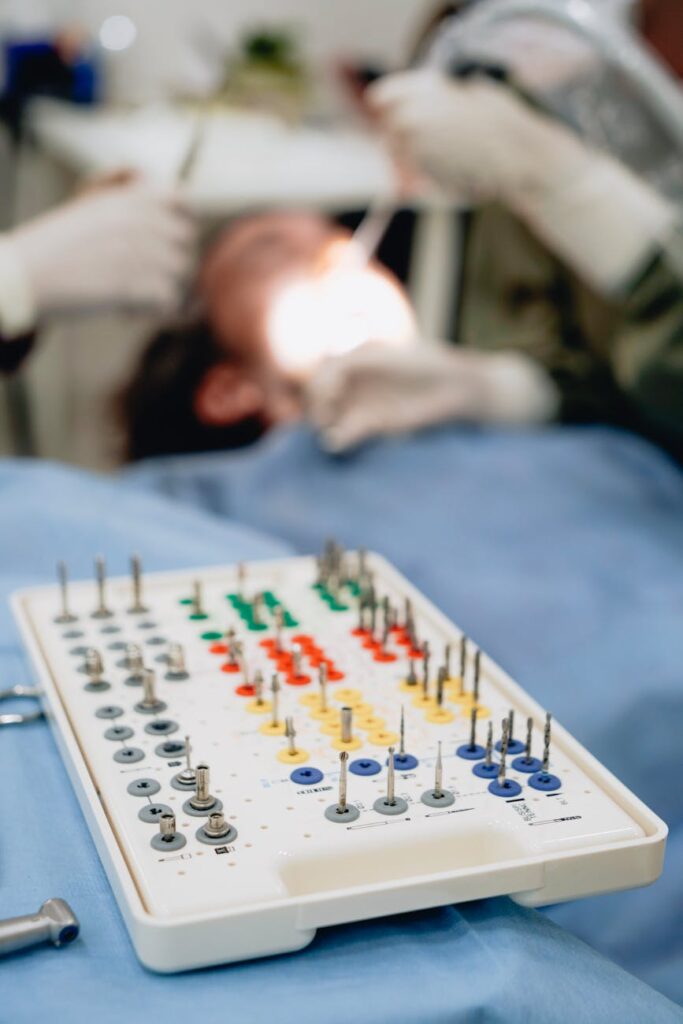As a dental professional who has been immersed in the field of guided implantology since 2018, planning and fabricating numerous surgical guides for myself and fellow dentists, I’ve witnessed a persistent challenge that undermines the success of this revolutionary technique. The issue isn’t with the technology itself—it’s with our approach to implementing it.
The “Jugad” Mentality in Dentistry
“Jugad” is a uniquely Indian concept that refers to the practice of altering things and processes to make them work through creative workarounds. While this mindset has its place in innovation, it can be counterproductive in precision-driven procedures like guided implantology. Too often, I observe colleagues jumping to conclusions about guided implantology without properly understanding its requirements and limitations.
The most common mistake I encounter is the tendency to directly reach conclusions before discussing the pros and cons of guided implantology. This rushed approach leads to improper implementation and, ultimately, disappointment with the technique.
The Problems with Improvisation
Guided implantology is indeed an excellent procedure that significantly decreases risk and improves efficiency. However, I frequently encounter situations where dentists want the benefits of guided surgery but aren’t willing to follow the complete protocol. Here are the most common scenarios:
Using Guides with Non-Guided Drills
Many practitioners attempt to use surgical guides with non-guided drills, thinking this hybrid approach will work. This is fundamentally flawed. When you use a non-guided drill in a guide, it cannot enter the full depth of the bone preparation. For instance, if you use an Adin non-guided drill in a guide planned for an Osstem implant, the osteotomy will only reach 6-8mm depth, leaving you with an inadequate preparation.
Mixing Guided Drills with Different Implant Systems
Another common error involves using guided drills from one company to place implants from another. This mismatch can lead to serious complications. For example, using Dentium guided drills with Noris implants creates a problematic situation: Dentium drills perform cylindrical osteotomy, while Noris implants have an aggressive converging apex. This incompatibility results in over-osteotomy, leading to loose implants with little to no primary cortical stability.
The Pilot Guide Limitation
Some colleagues request pilot guides, believing they offer a middle ground. Unfortunately, pilot guides are significantly less accurate than fully guided protocols and come with several disadvantages:
- Single-drill limitation: The guide can only accommodate one drill, preventing the use of sequential drilling protocols
- Under-osteotomy issues: More drill length is wasted in the offset portion of the guide, resulting in inadequate bone preparation
- Positional drift: Once you remove the guide for subsequent drilling, you risk over-osteotomy on one side of the socket, potentially misplacing the implant
The Solution: Embrace Native Guided Systems
The answer to successful guided implantology is straightforward: always use native guided kits from the implant manufacturer. This approach offers multiple advantages:
Precision and Accuracy
Native guided kits ensure full osteotomy with optimal precision. The drill sequence is specifically designed for the implant system, guaranteeing proper bone preparation.
Consistent Angulation
When you place the implant using the same guide used for drilling, you prevent unwanted deviations in implant angulation, maintaining the planned trajectory throughout the procedure.
Optimal Primary Stability
The osteotomy created by the native system is perfectly matched to the implant design, resulting in optimal primary cortical stability—crucial for immediate function and long-term success.
The Golden Rule
Always place the same company’s implants with the same company’s guided kit. While intercompatible systems exist and represent an exception to this rule, they should be clearly identified and understood before use.
Why Dejugadification Matters
The harmful effects of the “jugad” approach in guided implantology are particularly damaging for several reasons:
Complexity Confusion
For beginners, it’s already challenging to understand the complexities of guided implantology. When you add improvised modifications to the mix, the learning curve becomes unnecessarily steep and confusing.
Confidence Erosion
Failed attempts due to improper technique implementation destroy confidence in the guided approach. Practitioners may abandon this valuable technique based on poor results from incorrect implementation.
Increased Complications
Jugad approaches often necessitate multiple post-operative compensatory procedures, increasing chair time, patient discomfort, and treatment costs.
Moving Forward
The path to success in guided implantology begins with respect for the system’s design and requirements. Before implementing any guided protocol, invest time in understanding the complete workflow, from planning to final restoration. Choose your implant system first, then commit to using their complete guided protocol.
Remember, guided implantology isn’t just about having a guide—it’s about following a comprehensive, scientifically-designed protocol that ensures predictable outcomes. The technology is proven and effective when used as intended. The first step to success is simple: dejugadify your approach and embrace the precision that guided implantology offers.
By following these principles, you’ll not only improve your clinical outcomes but also build confidence in this transformative technology. The investment in proper technique and native systems pays dividends in improved patient outcomes, reduced complications, and enhanced practice efficiency.
Success in guided implantology isn’t about making things work through creative workarounds—it’s about making things work through precise, scientifically-validated protocols.
- The First Step to Success in Guided Implantology: Dejugadification of the Process - June 28, 2025
- Enlightening Dental Practice: 3D Printed Anatomy Models for Mock Surgeries and Patient Education - September 5, 2023
- Precision and Comfort: 3D Printed Surgical Guides for Implant Placement - September 5, 2023

